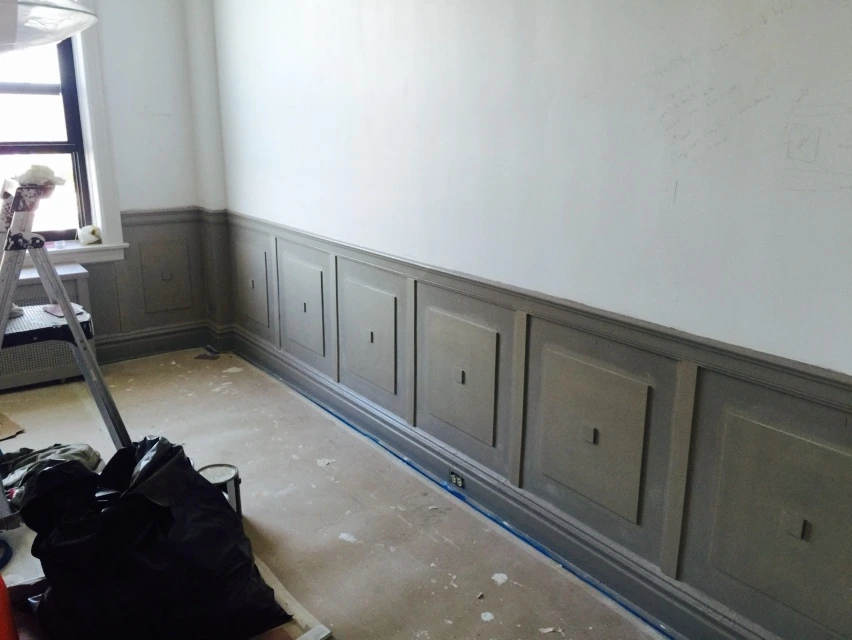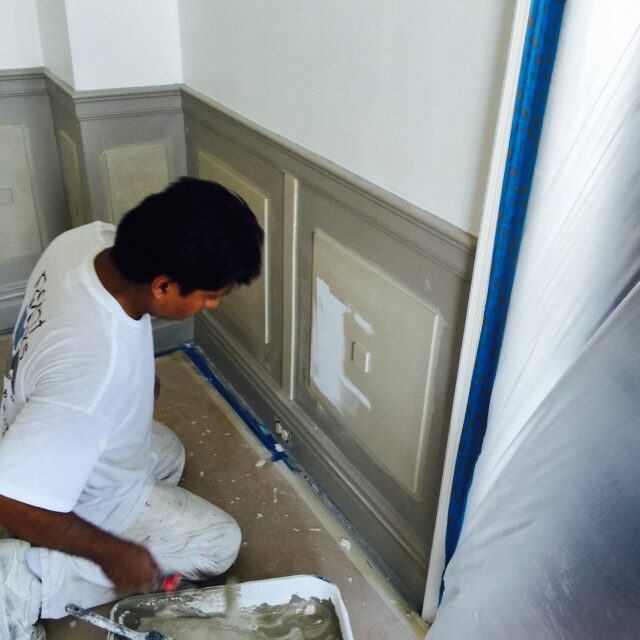
What is Wainscoting?
Wainscoting, also spelled wainscotting, is a type of decorative paneling that is typically installed on the lower half of an interior wall. It is a traditional architectural feature that adds texture, visual interest, and a sense of elegance to a room.
Wainscoting panels are usually made of wood, although other materials such as MDF (medium-density fiberboard) or PVC (polyvinyl chloride) can also be used. The panels are installed vertically along the lower portion of the wall, usually reaching up to chair rail height or about one-third of the wall’s total height. The area above the wainscoting is usually painted in a contrasting color.
The most common styles of wainscoting include raised panel, flat panel, beadboard, and board-and-batten. Raised panel wainscoting features panels with a raised center, creating a three-dimensional effect. Flat panel wainscoting consists of simple, flat panels without any raised elements. Beadboard wainscoting has narrow vertical planks with distinctive grooves or “beads” between them. Board-and-batten wainscoting is characterized by wide vertical boards with narrower strips of wood, called battens, covering the joints.
Wainscoting serves both practical and aesthetic purposes. It can protect the walls from damage, such as scuffs and scratches caused by furniture or accidental impacts. It also adds a touch of elegance and sophistication to the space, creating a more visually appealing environment. Additionally, wainscoting can help with insulation and soundproofing to some extent, although its primary function is decorative.

